Elliðarárdalur, Reykjavík’s Central Park Posted by hulda on Apr 30, 2015 in Icelandic culture, Icelandic history
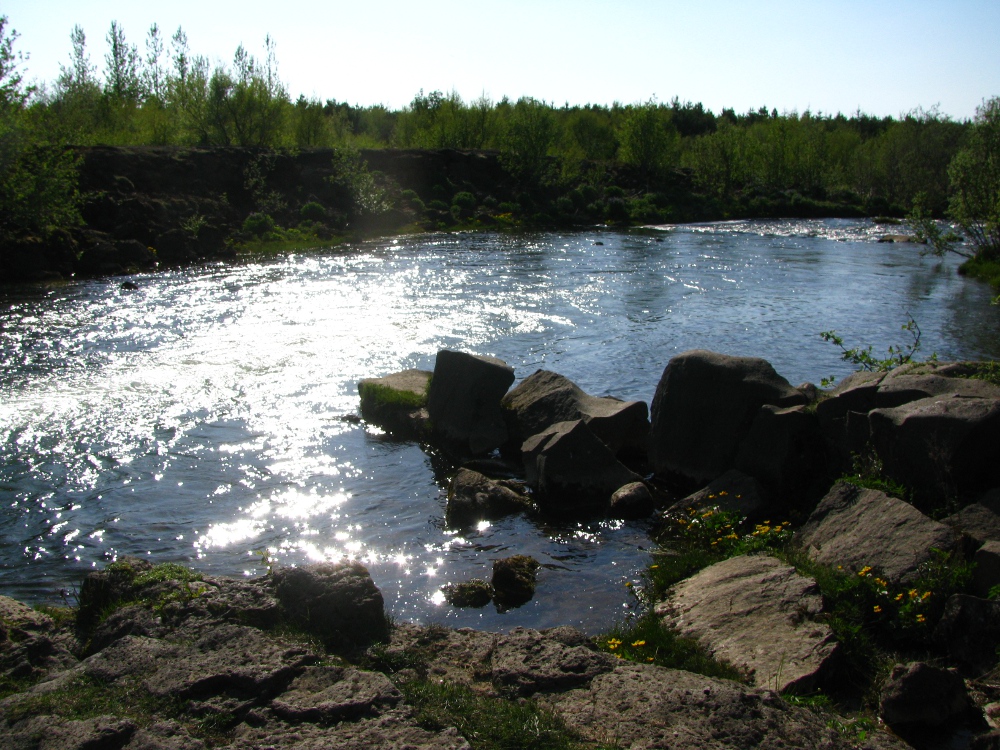 A secret oasis of Reykjavík, Elliðarárdalur, can be found only a short bus drive away from downtown. Well, when I say secret it actually means something more like “this is a place the locals certainly know of but visitors barely ever visit and that’s a shame”. It’s a popular place for walking, jogging, biking, horse riding, salmon fishing, bird watching, picnicking and even just sunbathing if the weather is good. Besides those the area also hosts Árbæjarsafnið, one of Reykjavík’s most interesting museums, almost-wild rabbits, huge lupin fields, waterfalls… in short Elliðarárdalur is like an oversize, overgrown park.
A secret oasis of Reykjavík, Elliðarárdalur, can be found only a short bus drive away from downtown. Well, when I say secret it actually means something more like “this is a place the locals certainly know of but visitors barely ever visit and that’s a shame”. It’s a popular place for walking, jogging, biking, horse riding, salmon fishing, bird watching, picnicking and even just sunbathing if the weather is good. Besides those the area also hosts Árbæjarsafnið, one of Reykjavík’s most interesting museums, almost-wild rabbits, huge lupin fields, waterfalls… in short Elliðarárdalur is like an oversize, overgrown park.
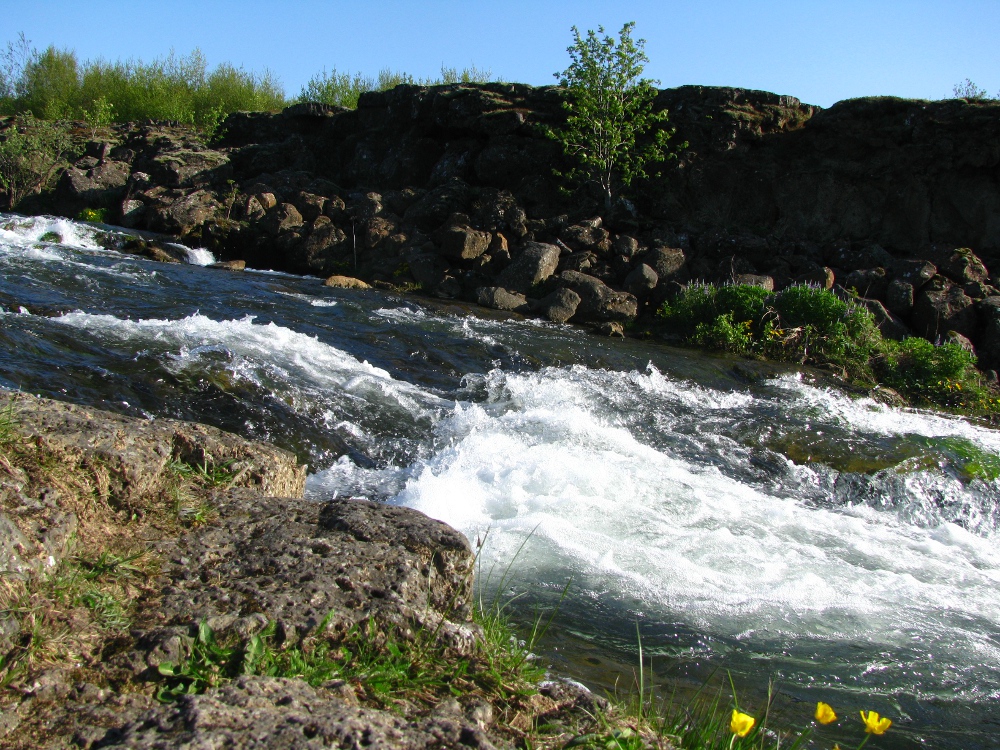 The area takes its name from the river Elliðará that runs through it starting from Elliðavatn and ending at the sea. At the start of the 1900’s one of the first hydroelectric plants of the country was built there, and in fact it’s still there for those interested in the history of the area. The valley is quite open for walking* – you can literally climb one of those waterfalls I mentioned (but at your own risk, the stones are slippery and the water is cold)!
The area takes its name from the river Elliðará that runs through it starting from Elliðavatn and ending at the sea. At the start of the 1900’s one of the first hydroelectric plants of the country was built there, and in fact it’s still there for those interested in the history of the area. The valley is quite open for walking* – you can literally climb one of those waterfalls I mentioned (but at your own risk, the stones are slippery and the water is cold)!
*The only exceptions are the areas that flood in the spring.
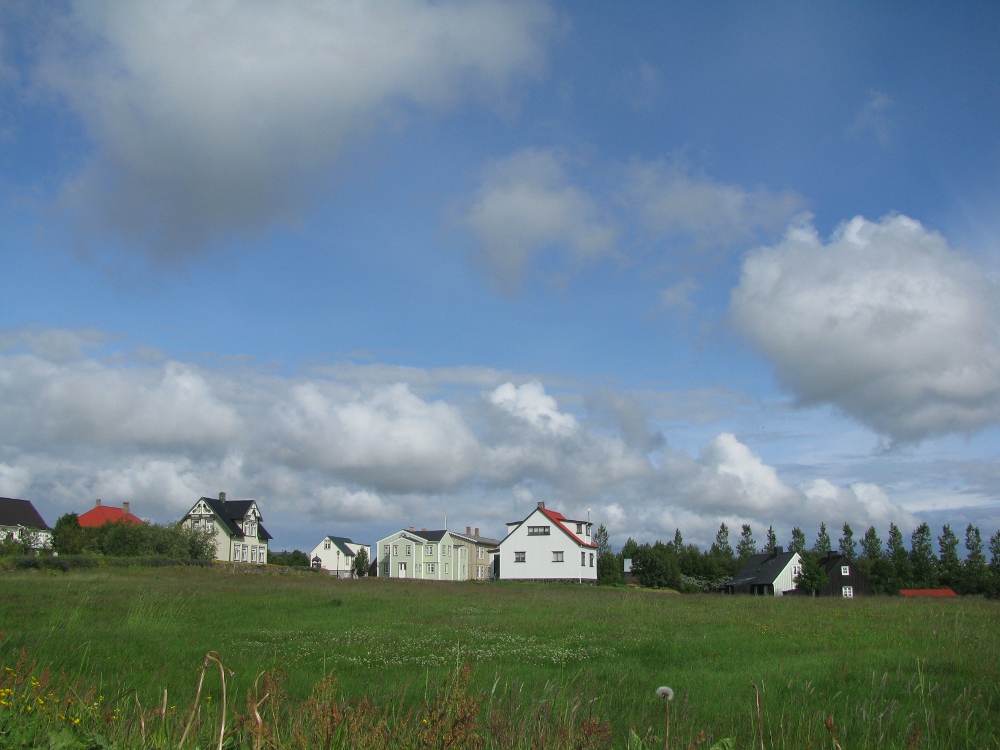 Árbæjarsafn sitting atop a hill.
Árbæjarsafn sitting atop a hill.
One of my own personal favourite places of the area, one that can take a whole day to properly see, is the aforementioned Árbæjarsafn. It’s a museum of Icelandic houses from different eras and different classes, all carefully moved and rebuilt there. You can visit an old turf house, a turf church even, a wooden farmer’s house, houses of the wealthy, a goldmith’s shop, a printer’s shop, a candy store, a school… and inside the houses you’re allowed to climb on the different floors and look around freely. The museum staff is usually dressed in a historical fashion to better fit the surroundings, and of course you’ll also get to see farm animals as well: horses, cows, Icelandic sheep.
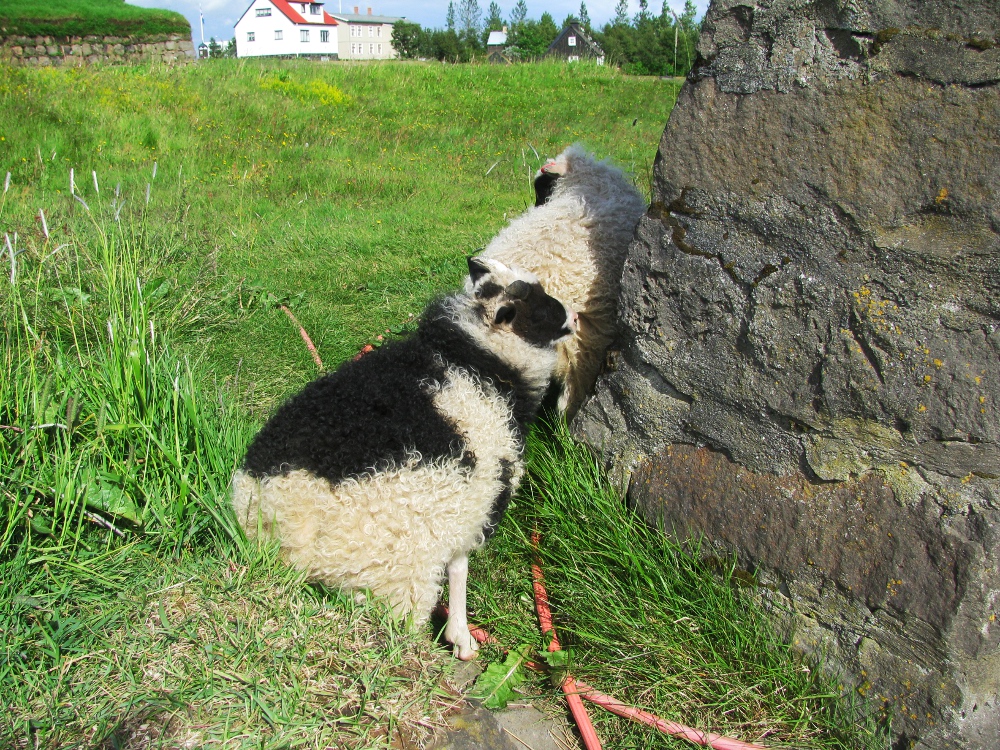 After I took this photo the black and white sheep in the front went inside one of the houses and peed on the floor… so beware, unforeseen dangers may lurk in this paradise.
After I took this photo the black and white sheep in the front went inside one of the houses and peed on the floor… so beware, unforeseen dangers may lurk in this paradise.
The museum also hosts a small but very thorough exhibition on the different types of Icelandic national dress. They’ve also included short descriptions of each, some tidbits about the background of each dress type, from which era they date and so forth. Unlike many other countries, in Iceland your family’s home area does not define your dress, the differences are only in how old each dress type is and which one you can afford… some of them can be painfully expensive!
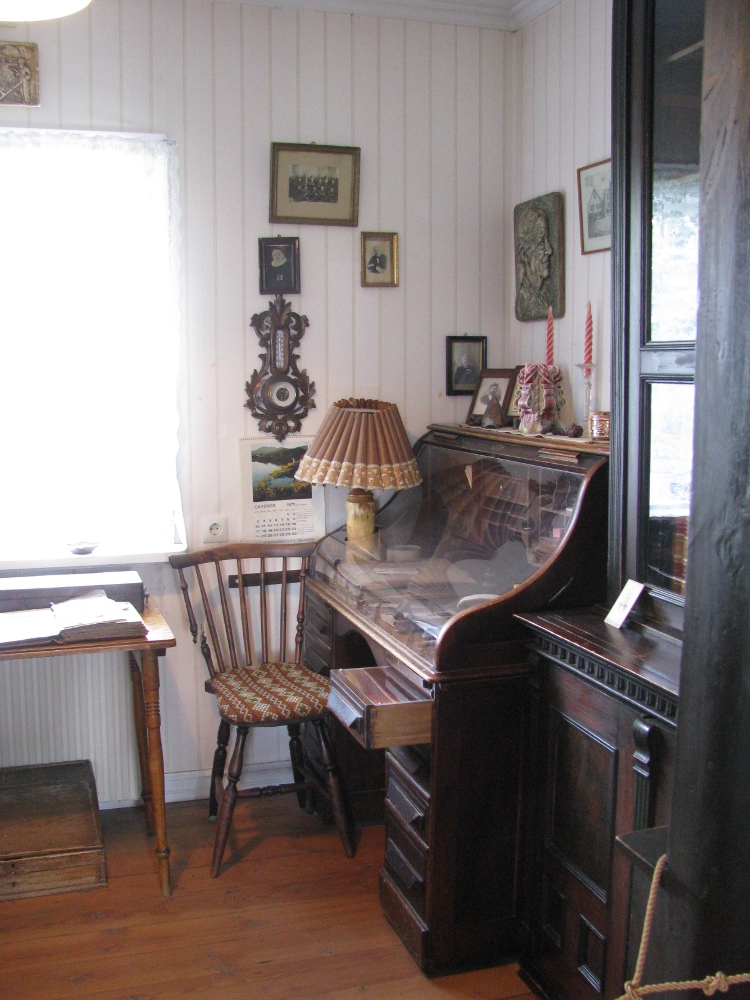 A view from inside the printer’s house. The tables have a full selection of the artisans tools always on display. They also have some examples of the works such as this one:
A view from inside the printer’s house. The tables have a full selection of the artisans tools always on display. They also have some examples of the works such as this one:
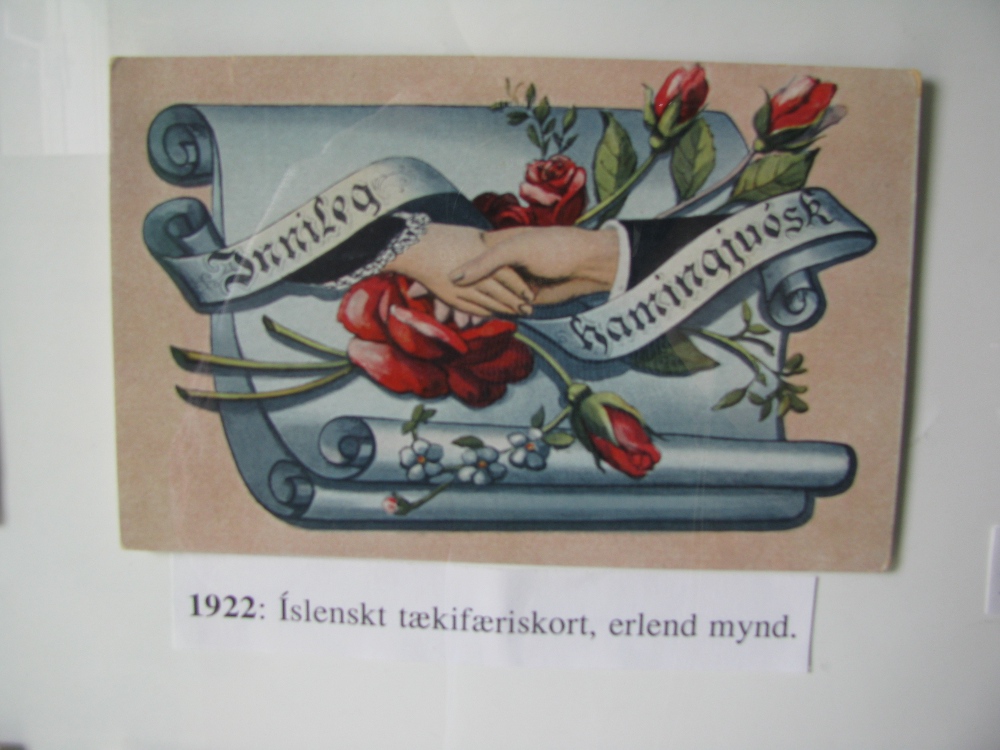 Innileg hamingjuósk = deepest/best well-wishes/congratulations.
Innileg hamingjuósk = deepest/best well-wishes/congratulations.
Íslenskt tækifæriskort, erlend mynd = Icelandic greeting card, foreign picture.
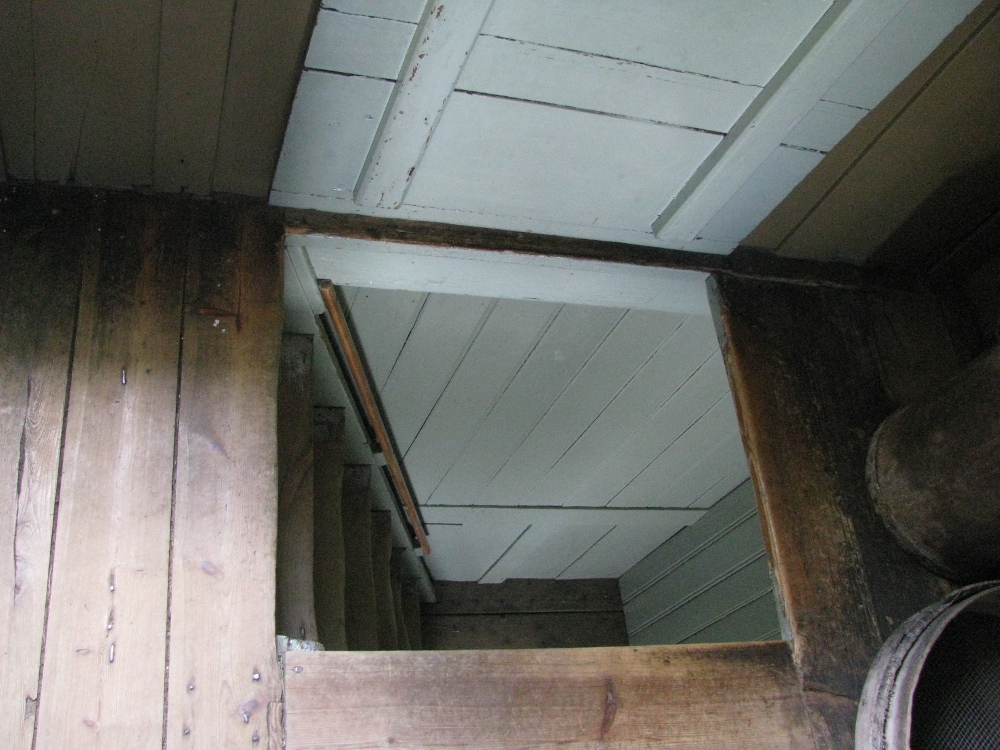 Carefully in the staircases! Icelandic stairs were typically steep and narrow, a little more than ladders. Take your time climbing up and watch your head, the ceiling may at some places be lower than you thought.
Carefully in the staircases! Icelandic stairs were typically steep and narrow, a little more than ladders. Take your time climbing up and watch your head, the ceiling may at some places be lower than you thought.
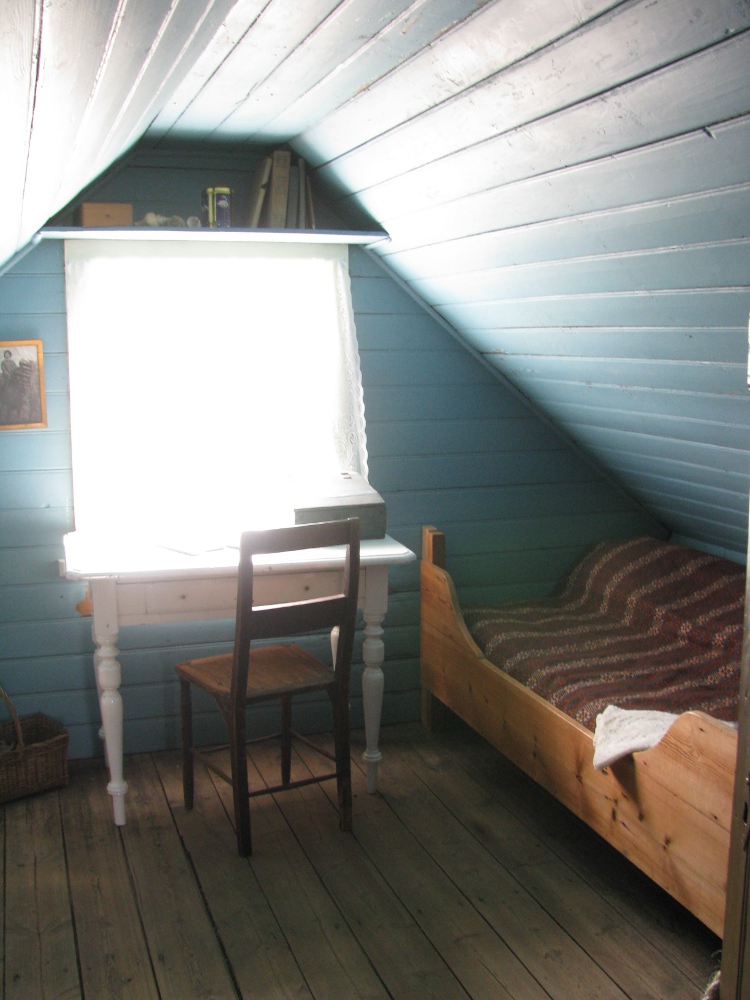 A typical bedroom, a little ascetic but beautiful. I especially love that little bookshelf above the window. There’s also something about this particular shade of blue that feels really Icelandic to me…
A typical bedroom, a little ascetic but beautiful. I especially love that little bookshelf above the window. There’s also something about this particular shade of blue that feels really Icelandic to me…
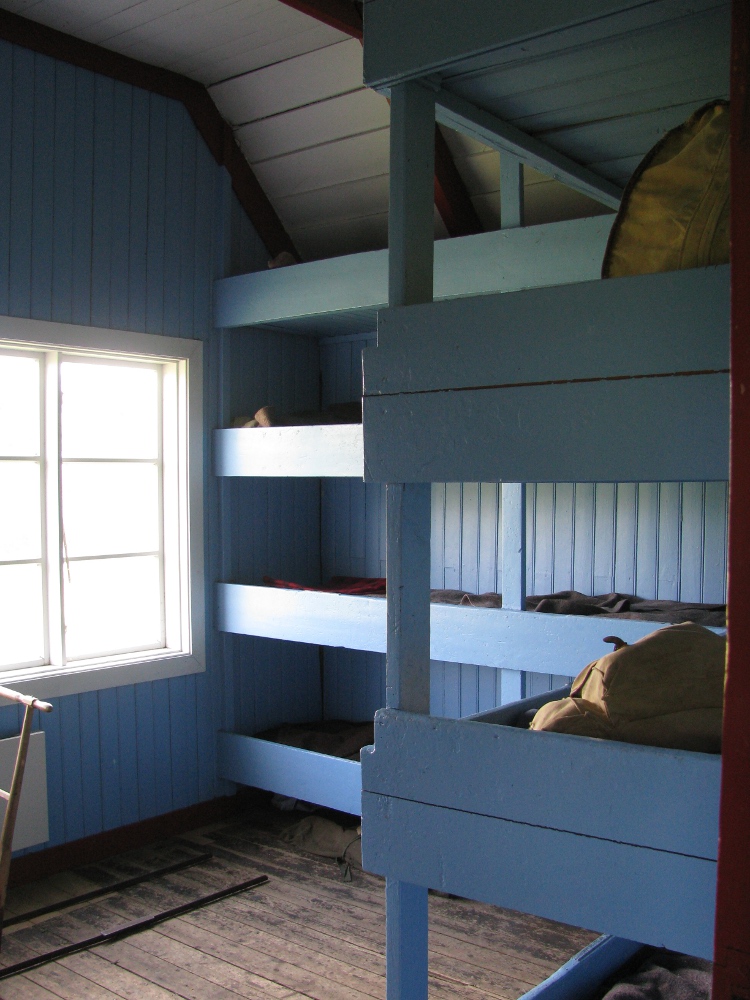 Here’s something else that’s very, very Icelandic: a Scout house. Each of those shelf-looking things is a bed, or more correctly said several beds. The wall at the back holds in total 12 beds, three sideways and four up, and the one on the right hand side 8 more! According to a local legend one of these beds is haunted by a ghost that will get very violent if someone tries to sleep in its bed, too bad no one knows which one it is.
Here’s something else that’s very, very Icelandic: a Scout house. Each of those shelf-looking things is a bed, or more correctly said several beds. The wall at the back holds in total 12 beds, three sideways and four up, and the one on the right hand side 8 more! According to a local legend one of these beds is haunted by a ghost that will get very violent if someone tries to sleep in its bed, too bad no one knows which one it is.
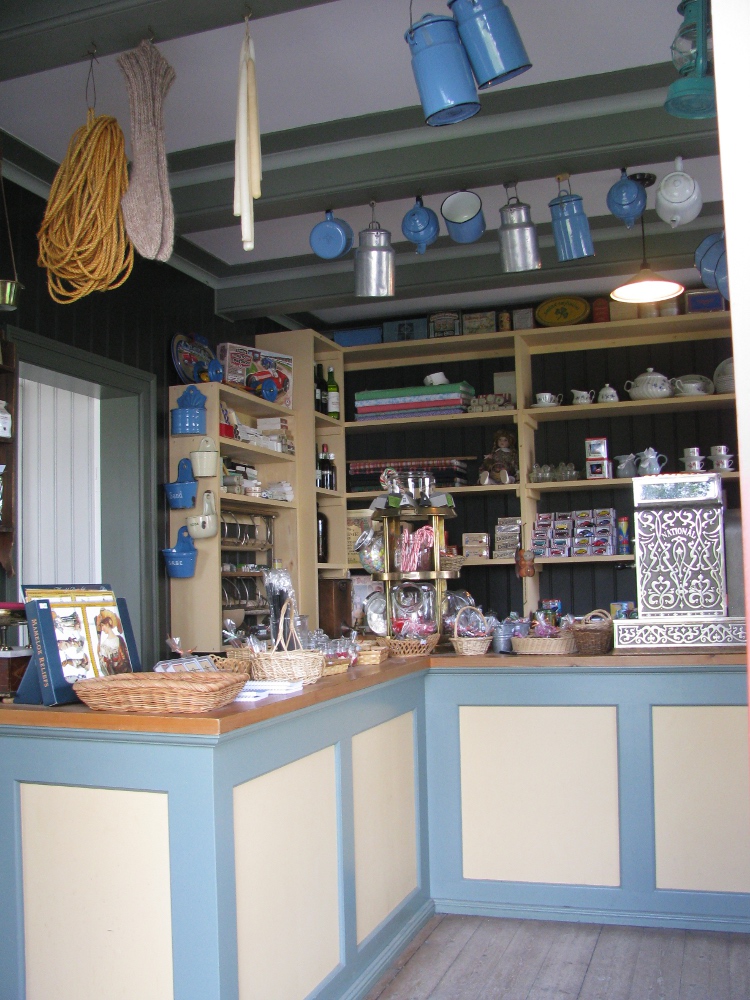 Here’s the little shop, one of my favourite places to visit. My love for traditional candy may or may not have something to do with this but I’m still going to recommend it to everyone, there’s more to it than sweets.
Here’s the little shop, one of my favourite places to visit. My love for traditional candy may or may not have something to do with this but I’m still going to recommend it to everyone, there’s more to it than sweets.
(The sweets are excellent though.)
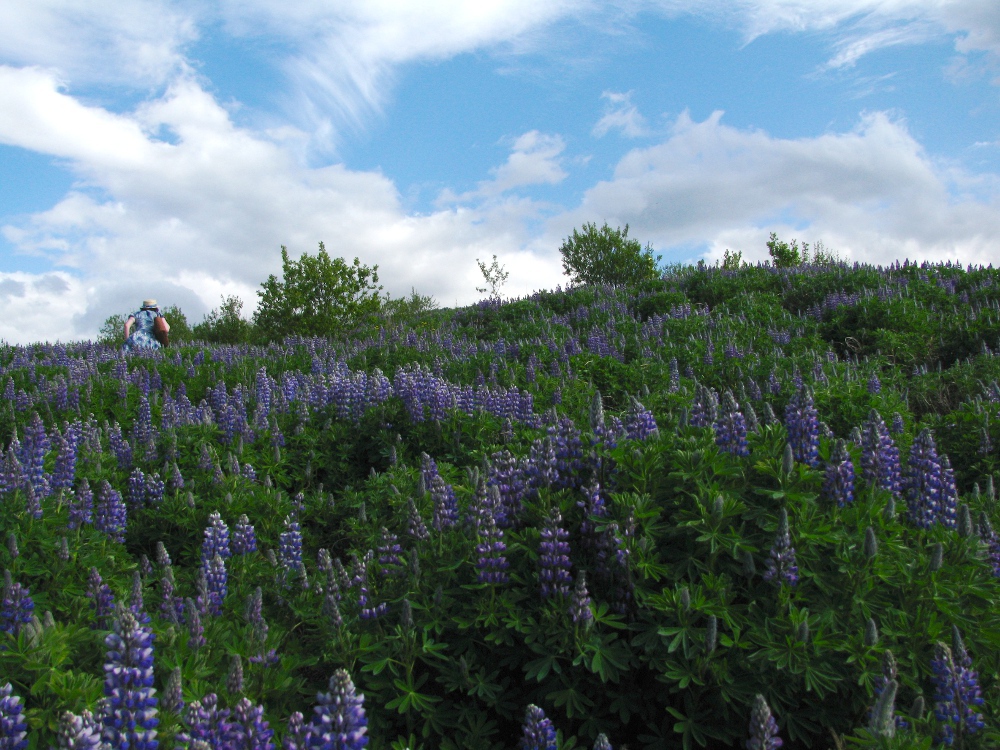 This is another thing you’ll no doubt see a lot in Iceland, vast, endless, purple fields of lupins. In most places you don’t actually get to go too close to them, either because stopping your car on the side of the road is dangerous and/or impossible or because they’re on private ground and behind a fence. Not so in Elliðarárdalur, here you can walk right into the field if you like!
This is another thing you’ll no doubt see a lot in Iceland, vast, endless, purple fields of lupins. In most places you don’t actually get to go too close to them, either because stopping your car on the side of the road is dangerous and/or impossible or because they’re on private ground and behind a fence. Not so in Elliðarárdalur, here you can walk right into the field if you like!
But why lupins? It’s all to do with preserving nature and fighting against both the forces of it and previous, human-made mistakes. Lupins are especially planted in areas where erosion risk is high because they both tie the soil down with their roots and return nutrients to the ground. Naturally they’re also beautiful to look at, but in some areas the lupins will eventually have to make way for trees or other plants once they’ve served their role in stabilizing and fertilizing the ground. The lupin fields of Elliðarárdalur just might be here to stay though – at least I hope so!
How to get there: if you’re renting a car just drive down Miklabraut – you can’t miss it. You can also take a bus from Hlemmur, 3 and 12 will both take you right next to the area. To go visit Árbæjarsafnið don’t get off the bus at the Elliðarárdalur stop but sit all the way past Mjódd and a small suburb area. The bus stop’s name is Árbæjarsafn.

Build vocabulary, practice pronunciation, and more with Transparent Language Online. Available anytime, anywhere, on any device.
About the Author: hulda
Hi, I'm Hulda, originally Finnish but now living in the suburbs of Reykjavík. I'm here to help you in any way I can if you're considering learning Icelandic. Nice to meet you!




Comments:
Jon:
Nootka lupine is a highly invasive plant species in Iceland, and it outcompetes all native plants, forming dense stands where nothing else can grow. Thankfully, most Icelanders now understand the threat Nootka lupine represents to this island’s ecology.